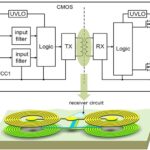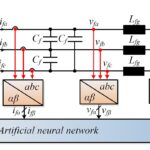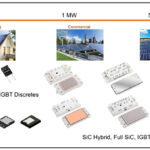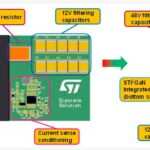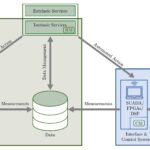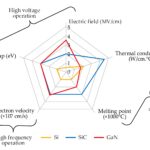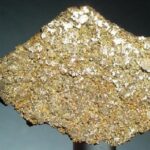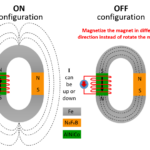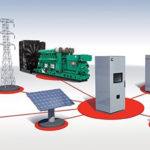Renesas Electronics Corporation and Transphorm, Inc. today announced that they have entered into a definitive agreement pursuant to which a subsidiary of Renesas will acquire the GaN . The acquisition will provide Renesas with in-house GaN technology, a key next-generation material for power semiconductors, expanding its reach into fast-growing markets such as EVs, computing (data […]
Sustainability
How does digital isolation contribute to sustainability?
In general, digital isolation can be implemented using capacitive, giant magneto restrictive (GMR), and magnetic technologies. The digitally isolated gate drivers used to drive silicon carbide (SiC) and gallium nitride (GaN) devices plus silicon power MOSFETs and IGBTs in green energy systems like electric vehicles (EVs) and solar inverters mostly rely on magnetic isolation techniques, […]
How advanced control strategies and system architectures contribute to sustainability
Doing something the same way as in the past rarely produces improved results. Technology is constantly evolving and improving, and new technologies can require new approaches. In the case of the power electronic systems discussed below, artificial intelligence (AI) and machine learning (ML) are common themes in these advanced control strategies and system architectures. Another […]
How SiC MOSFETs and Si IGBTs boost sustainability in green energy systems
Silicon carbide (SIC) MOSFETs and silicon (Si) IGBTs can both boost sustainability in green energy systems. Of course, they don’t compete across the board, there are uses where one or the other is clearly preferred. When comparing the two technologies, it often comes down to the prioritization of performance characteristics like light weight versus low […]
How much can GaN improve sustainability and reduce CO2 emissions?
Gallium nitride (GaN) power semiconductors are about less — less CO2 emission from device fabrication, less materials in the devices and power converters using GaN, less cost due to higher frequency operation and smaller passive components, and less thermal dissipation due to higher efficiencies. Those performance factors combine to improve the sustainability of power converters […]
How can digital twins improve power and motion system performance and sustainability?
A digital twin (DT) is a virtual representation of a physical system that spans its lifecycle, is updated using real-time data, and combines simulation, virtual testing, and machine learning to enable cross-functional teams to work collaboratively. Because it’s updated with real-time data, a DT creates a fusion between a modeling environment and real objects that’s […]
How multilevel converters and SiC can improve sustainability
Modular multilevel converters (MMCs) are an advanced form of a voltage source converter. They are emerging as the preferred choice in medium- and high-voltage green energy applications like high-voltage DC (HVDC) transmission systems, medium voltage motor drives including electric vehicles (EVs), wind and solar renewable energy systems, battery energy storage systems (BESS), and EV chargers […]
Rare earths and EVs – it’s not about batteries
Rare earths play an important part in the sustainability of electric vehicles (EVs). While there are sustainability challenges related to EV batteries, rare earths are not used in lithium-ion batteries. They are necessary for the magnets that form the main propulsion motors. The batteries mostly rely on lithium and cobalt (not rare earths), while the […]
What are the types of magnets and how can they contribute to sustainability?
There are multiple types of magnets, including temporary magnets, permanent magnets, and electromagnets. Each type of magnet has a variety of uses and can contribute to a more sustainable society. This FAQ reviews the basics of each type of magnet, looks at what it can be used for, presents some efforts to develop sustainable permanent […]
Nano grids, microgrids, and zero net energy consumption
Electric utility grids around the world are undergoing a fundamental change in architecture. The centralized grid that was designed to provide inexpensive electricity with a reasonable level of quality and reliability is no longer meeting society’s needs. Aging transmission and distribution systems are significantly reducing both the quality and reliability of electricity. And the use […]


